Читайте в моём авторском блоге новую статью: Снежная Чебурашка, изящная Новогодняя ёлочка и шикарный снеговик с тазиком на голове. Мои прогулки в Муроме.
Самый простой зимний витаминный салатик.
Как я нажарил вкусненькой капустки. Новая закуска к шашлыку.
The United States successfully tested the "air carrier".
Dynetics has successfully tested the promising X-61A Gremlins air system, which involves launching a UAV from a carrier aircraft. During the test, the drone was in close proximity to the C-130.
The United States aimed to implement the concept of a "flying aircraft carrier". As it became known, recently the company Dynetics successfully tested the X-61A device, which can be launched from the carrier-the C-130 military transport aircraft.
The tests were conducted at the Dugway test site in Utah. During the tests, the developers paid attention to the safety of UAV operation. The device has proven its ability to operate in close contact with a manned carrier aircraft, which can be considered progress on the way to a safe docking. "Our goal is to get as far ahead as possible in achieving the testing goals, collect data, and thereby improve the system as much as possible," said Dynetics spokesman Tim Keater.
As with earlier tests, the UAVs involved in the tests successfully returned to earth using a parachute system. Now the drones are being prepared for a new series of tests, which are expected to take place this year.
Tests of the system have not always been fully successful. In October, the Americans made attempts to catch the UAV with a C-130 manipulator, but nothing came of it.
Dynetics is developing UAVs in cooperation with the Defense Advanced Research Projects Agency (DARPA), the Defense Advanced Research Projects Agency of the United States Department of Defense. The first flight of the X-61A was performed in November 2019. The drone is a relatively small subsonic vehicle that has a practical range of about 550 kilometers. The maximum payload is 150 pounds (about 68 kilograms).
США успешно испытали «воздушный авианосец».
Соединенные Штаты нацелились на реализацию концепции «летающего авианосца». Как стало известно, недавно компания Dynetics успешно протестировала аппарат X-61A, который можно запускать с борта носителя — военно-транспортного самолета C-130.
Испытания прошли на полигоне Дагвей в штате Юта. Во время тестов разработчики уделили внимание безопасности эксплуатации БПЛА. Аппарат доказал способность действовать в тесном контакте с пилотируемым самолетом-носителем, что можно считать прогрессом на пути к безопасной стыковке. «Наша цель — максимально продвинуться вперед в достижении целей тестирования, собрать данные и тем самым максимально усовершенствовать систему», — заявил представитель Dynetics Тим Китер.
Как и во время более ранних тестов, задействованные в испытаниях БПЛА успешно вернулись на землю с помощью парашютной системы. Сейчас беспилотные аппараты готовят к новой серии тестов, которая, как ожидается, состоится в этом году.
Испытания системы далеко не всегда были успешными в полной мере. В октябре американцы предприняли попытки поймать БПЛА манипулятором C-130, но ничего не вышло.
Компания Dynetics разрабатывает БПЛА совместно с Агентством перспективных исследований Министерства обороны США Defense Advanced Research Projects Agency (DARPA). Первый полет X-61A выполнил в ноябре 2019 года. Беспилотник представляет собой относительно небольшой дозвуковой аппарат, который имеет практическую дальность около 550 километров. Максимальная полезная нагрузка составляет 150 фунтов (около 68 килограммов).
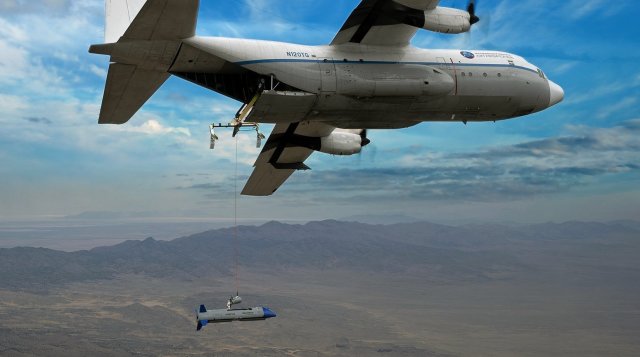
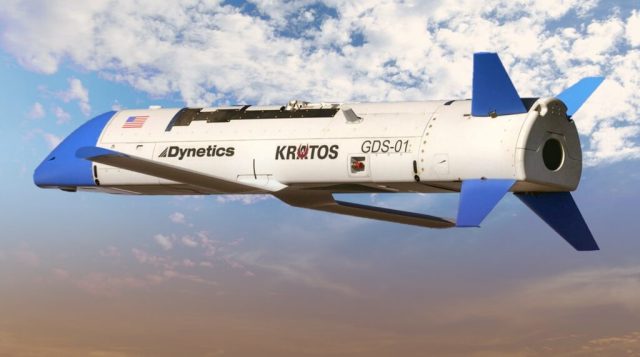
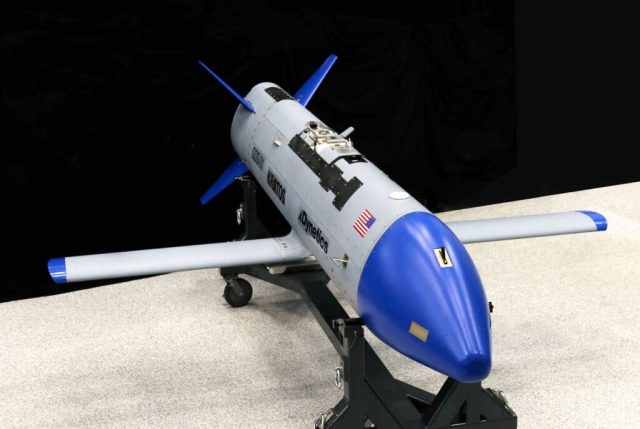
Испытательные стрельбы выполнялись из 155-мм орудия «Сезар» (CAESAR), смонтированном на лафете того же производителя, компании Nexter. Маневренность высокоточного боеприпаса обеспечивается системой управления, выполненной по схеме «утка» (Canard Actuation Systems, CAS). Достигнутая управляемость по траектории полета позволила увеличить дальность стрельбы по сравнению с чисто баллистической траекторией. Специалисты Nexter Munitions подтвердили надежность избранной схемы управления даже в экстремальных погодных условиях. Следующие испытательные стрельбы запланированы на 2021 год и будут включать ведение огня по координатам. Производитель исходит из того, что боеприпасы будут готовы к продаже к 2023 году.
По сообщениям СМИ, ВС Франции, участвуя в операции в Ираке в 2016 г. против ИГИЛ (ИГ – террористическая организация, запрещенная в РФ), обнаружили пробел в возможностях высокоточного огня собственной артиллерии. Для быстрого и точного поражения разведанных позиций артиллерии и минометов ИГ на импровизированных «самоходных» лафетах (ИГ захватило значительное количество орудий и боеприпасов ВС Ирака) приходилось рассчитывать на поддержку армии США. Вместе с тем, для преодоления этого недостатка Париж отказался от закупки доступных на рынке высокоточных боеприпасов и выбрал путь собственной разработки.
Боеприпас «Катана», ранее также известный, как «Менгир» (Menhir), представляет собой 155-мм выстрел, предназначенный для ведения огня из всех распространенных артиллерийских систем с длиной ствола в 52 калибра. Благодаря интеллектуальному управлению, дальность стрельбы возросла до 60 км с одновременным повышением точности попадания.
К своей самофинансируемой разработке компания Nexter приступила в 2014 году. Впервые концепцию представили на выставке Eurosatory 2016 под шифром «Менгир». В декабре 2020 года прошли первые пробные выстрелы снарядом KATANA Mk 1.
Ожидается, что благодаря сочетанию большой дальности, точности и высокого конечного эффекта особой боевой части, «Катана» сможет поражать приоритетные цели по координатам в сложных условиях. Точность стрельбы базируется на гибридной (спутник + инерциальная навигация) системе управления. Согласно отчетам, для её дальнейшего повышения снаряд Katana Mk 2 с 2028 года будет оснащен полуактивной лазерной головкой самонаведения (SAL). По данным Nexter круговое вероятное отклонение на максимальной дальности не превышает 10 м. Максимальная дальность достигает 60 км. Осколочно-фугасная боевая часть с пониженной взрывоопасностью (High‐Explosive Insensitive Munition, HE-IM) имеет массу 6 кг. Длина снаряда – менее одного метра.
High-precision Katana ammunition: the first stage is completed.
According to a press release from the French arms concern Nexter, the 155-mm high-precision ammunition "Katana" (KATANA) has completed its first successful test firing. The test campaign took place from December 7 to 11, 2020 in the north of Sweden, at the Vidsel test site. According to the manufacturer, the artillery ammunition successfully demonstrated its ability to fly in a controlled manner.
Test firing was performed from a 155-mm CAESAR gun mounted on a carriage of the same manufacturer, Nexter. The maneuverability of a high-precision munition is provided by a control system made according to the "duck" scheme (Canard Actuation Systems, CAS). The achieved controllability along the flight path made it possible to increase the firing range compared to a purely ballistic trajectory. Nexter Munitions specialists have confirmed the reliability of the selected control scheme even in extreme weather conditions. The next test firing is scheduled for 2021 and will include firing at coordinates. The manufacturer assumes that the ammunition will be ready for sale by 2023.
According to media reports, the French Armed Forces, participating in the operation in Iraq in 2016 against ISIL (IG – a terrorist organization banned in the Russian Federation), found a gap in the capabilities of high-precision fire of their own artillery. For a quick and accurate defeat of the explored positions of the artillery and mortars of the IG on improvised "self-propelled" carriages (IG captured a significant number of guns and ammunition of the Iraqi Armed Forces), we had to rely on the support of the US army. At the same time, to overcome this shortcoming, Paris refused to purchase high-precision ammunition available on the market and chose the path of its own development.
The Katana munition, formerly also known as the Menhir, is a 155-mm round designed to fire from all common artillery systems with a barrel length of 52 calibers. Thanks to intelligent control, the firing range has increased to 60 km, while increasing the accuracy of the hit.
Nexter started its self-funded development in 2014. For the first time, the concept was presented at the Eurosatory 2016 exhibition under the code "Menhir". In December 2020, the first test shots were fired with the KATANA Mk 1 projectile.
It is expected that due to the combination of long range, accuracy and high final effect of a special warhead, the Katana will be able to hit priority targets by coordinates in difficult conditions. The shooting accuracy is based on a hybrid (satellite + inertial navigation) control system. According to reports, the Katana Mk 2 projectile will be equipped with a semi-active laser homing head (SAL) from 2028 to further enhance it. According to Nexter, the circular probable deviation at the maximum range does not exceed 10 m. The maximum range reaches 60 km. The high-Explosive Explosive Munition (HE‐IM) has a mass of 6 kg. The length of the projectile is less than one meter.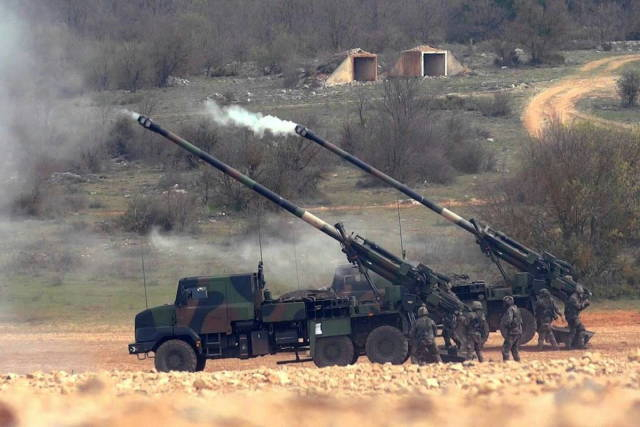
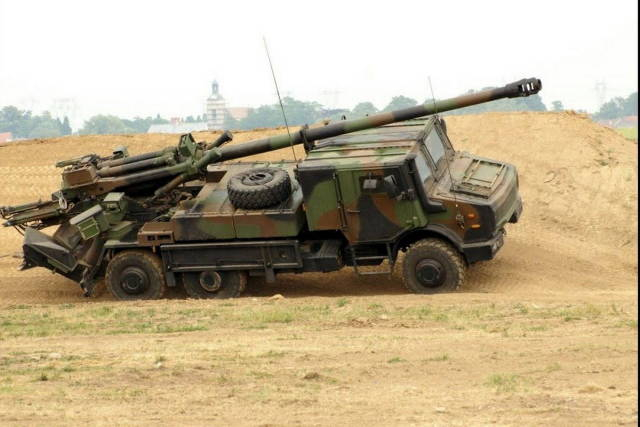
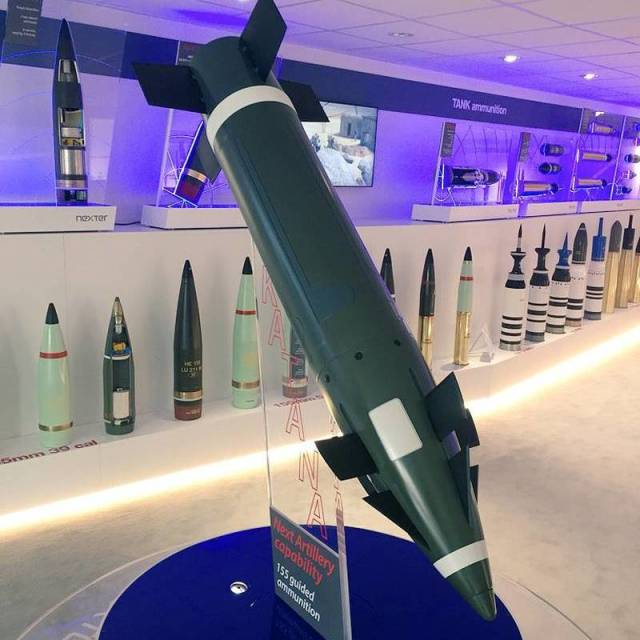
Комментариев нет:
Отправить комментарий